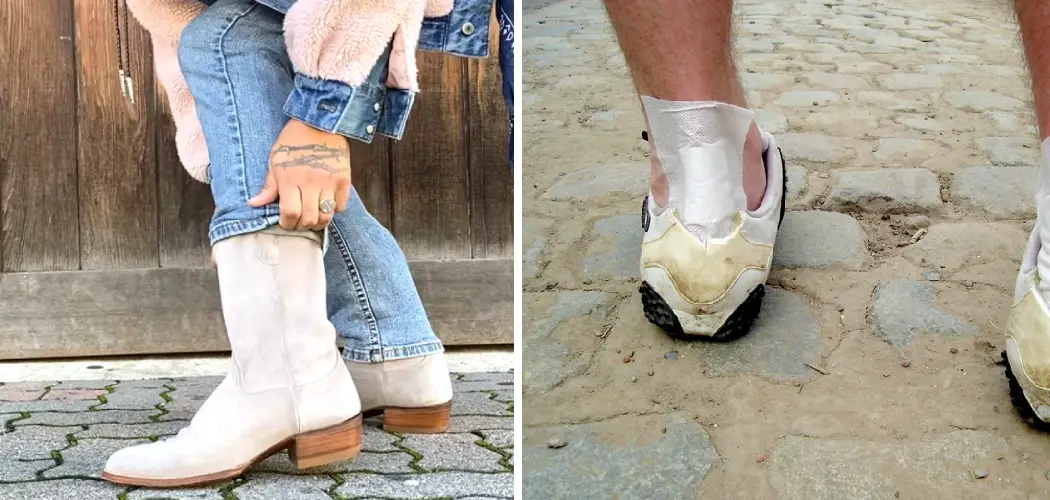Do you have leather work boots that rub uncomfortably on your calves? Work boots can be essential for protecting feet and limbs from injury, but it’s not always comfortable to wear them. Their stiff design often results in an awkward fit around the calf area, which can cause blistering or chafing when worn for long prolonged periods of time.
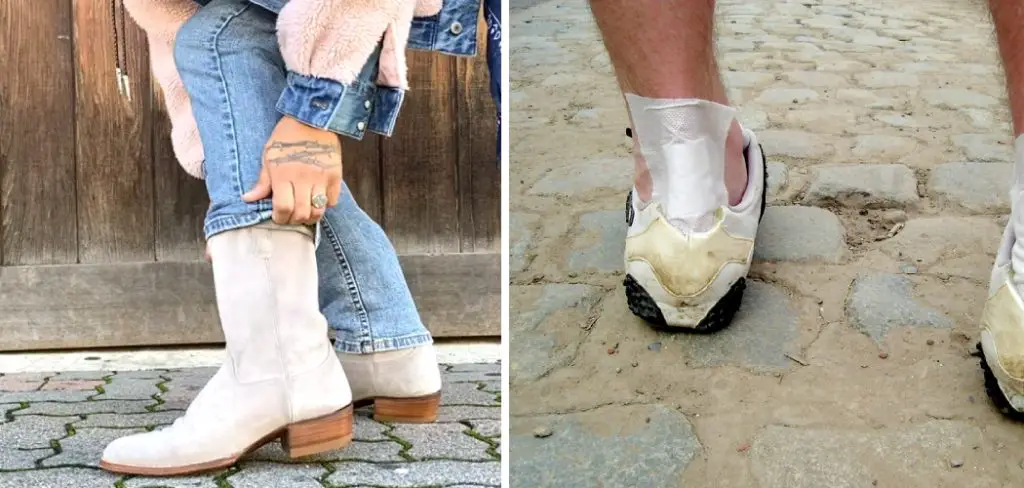
Don’t let this stop you from getting the job done – there are some easy ways to reduce boot rubbing against your calves. Read on to discover how to stop work boots rubbing calf.
For many manual labor workers, the discomfort of having work boots rub against their calves can be unbearable. Whether you’re on a construction site or out in the field, it’s essential to have shoes that are comfortable and fit properly during your job.
Fortunately, there are some easy steps you can take to stop work boots from rubbing and prevent irritation and soreness while you do your day-to-day tasks. In this blog post, we’ll help walk you through each step so that your feet never have to suffer again!
Why is It Important to Stop Work Boots Rubbing Calf?
1. To Avoid Discomfort
One of the most common reasons why it is important to stop work boots from rubbing the calf area is to avoid discomfort. If your work boots are rubbing too hard against your calf, it can lead to irritation and chafing, which can be quite uncomfortable.
2. To Prevent Blisters
Another reason why it is important to stop work boots from rubbing the calf area is to prevent the development of blisters. When a work boot rubs too hard against your calf, it can cause friction which can then lead to the formation of blisters.
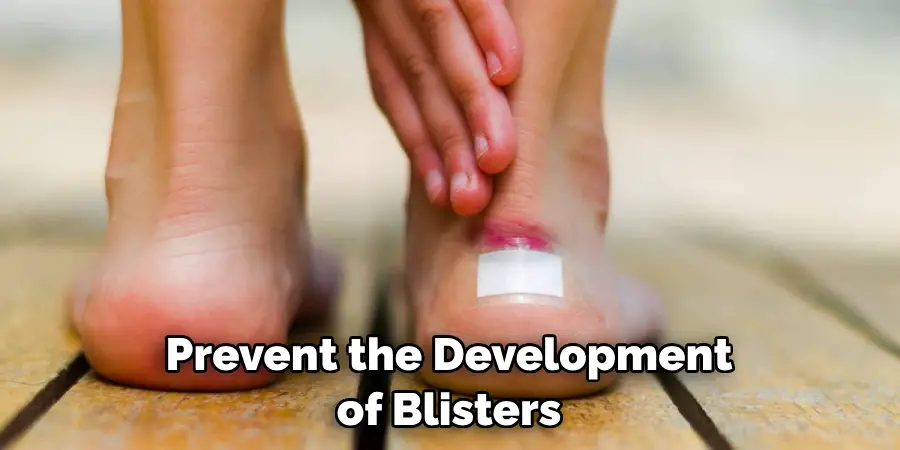
3. To Promote Comfort and Productivity
Lastly, it is important to stop work boots from rubbing the calf area in order to promote comfort and productivity while on the job. When your work boots are rubbing too hard against your calf, it can be distracting and can cause you to lose focus on the task at hand. By ensuring that your work boots fit comfortably and do not rub, you will be able to stay focused and productive.
So make sure to take the necessary precautions to prevent work boots from rubbing the calf area in order to avoid discomfort, blisters, and distraction while working. This will ultimately help you stay productive and get more done.
How to Stop Work Boots Rubbing Calf in 6 Easy Steps
Step 1: Gather All The Tools You Will Need
The very first step is to gather all the necessary tools that you will need. These tools include a shoe horn, a few blocks of wood, and some foam padding or thick socks.
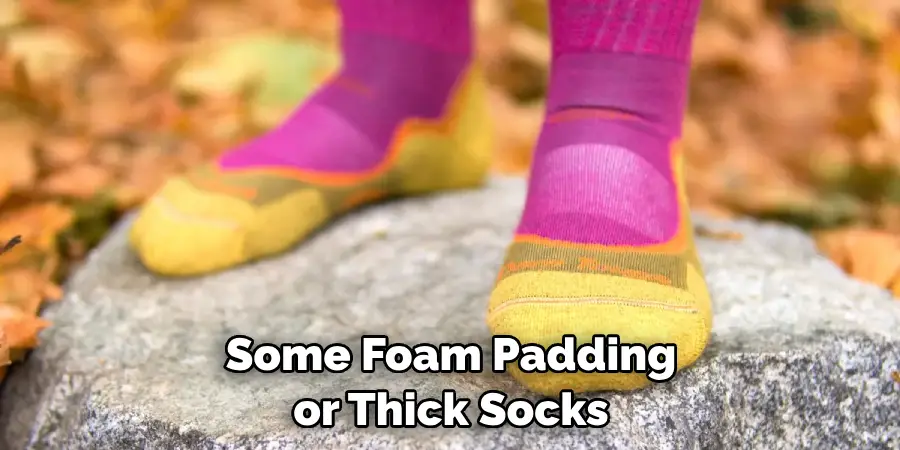
Step 2: Measure Your Calves
To determine how much space is required between your calves and work boots, measure the circumference of both calves with a measuring tape. You want to make sure that your calves are snug but not too tight.
Step 3: Wear Thick Socks or Use Foam Padding
If you have thin socks, consider wearing thicker ones or use foam padding to fill the space between your calf and work boots. This will provide additional cushioning and help reduce rubbing.
Step 4: Place Blocks of Wood in Boots
Take the blocks of wood and place them in your boots. This will help give your feet a better grip and provide extra cushioning for your calves. You have to be extra careful when doing this to avoid damaging your boots.
Step 5: Use a Shoe Horn
When you’re putting on your work boots, use a shoe horn to help slide them over your calves. This will provide an extra layer of protection and also make the process easier. Also make sure to use the shoe horn when taking off your boots.
Step 6: Wear the Right Size of Boots
It is important to make sure that you’re wearing the right size of work boots. A pair that fits snugly and comfortably will go a long way in reducing rubbing and chafing on your calves. Make sure to try on boots before buying them to ensure that they’re the right size for you.
Following these 6 simple steps will help you stop work boots from rubbing your calves and keep you comfortable all day long. With the right tools and techniques, you can find the perfect pair of work boots that fits perfectly and provides ample cushioning and protection for your calves. So, make sure to follow these steps and you’ll be well on your way to finding the perfect pair of work boots for you.
Some Extra Tips to Stop Work Boots Rubbing Calf
1. Do Not Wear Socks With Seams
This is an important tip to keep in mind when selecting your socks. Seams can create abrasions against the skin and may cause more irritation of the calf area. Opt for seamless or low-seam styles that will not rub your skin raw as you are wearing your work boots.
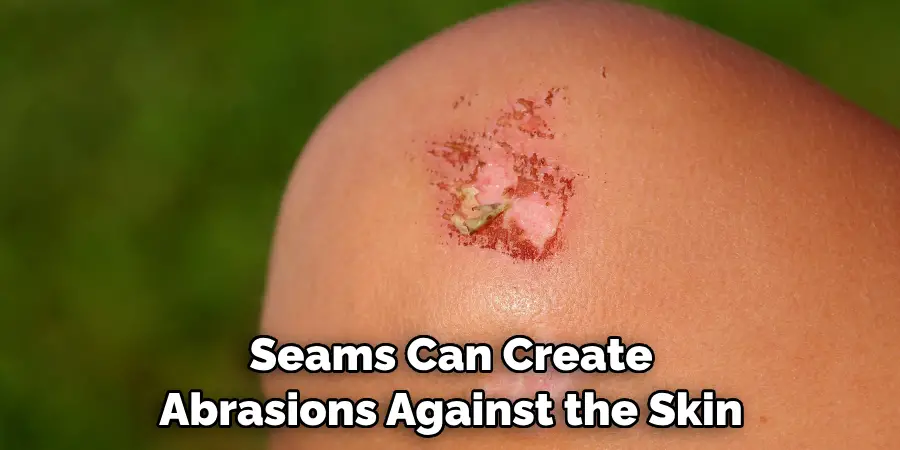
2. Wear Taller Socks
By wearing taller socks that extend above the top of your work boots, you can help reduce the amount of friction your skin experiences while wearing your boots. Taller socks will prevent any rubbing or chafing caused by the boot and keep your calf area protected.
3. Break Your Boots In
It is highly recommended to take time to break in a new pair of work boots before you wear them for longer periods of time. This will help soften the material and make it less likely to cause chafing or blistering as you work.
4. Invest in Quality Boots
It is always best to invest in a quality pair of work boots that have been designed with comfort and support in mind. Quality boots may be more expensive, but they will last longer and be less likely to rub your calf area as you wear them.
5. Apply Petroleum Jelly or Powder
Applying a thin layer of petroleum jelly or powder to the inside of your work boots can help reduce friction and provide extra cushioning against the skin. This can help prevent any irritation or discomfort that may be caused by the material of the boots.
By following these steps, you can help prevent any rubbing or chafing that may occur when wearing your work boots and keep your calf area comfortable while you are on the job. With a few simple adjustments, you can ensure that your work boots stay comfortable and do not cause any irritation or discomfort in the calf area.
Frequently Asked Questions
What Precautions Can I Take to Stop Work Boots Rubbing My Calf?
There are several things you can do to prevent work boots from rubbing your calf. Here are some tips: Wear thick socks made of wool or cotton-blend fabrics that won’t easily slip off your foot and bunch up within the boot. Make sure that they are thick enough to provide cushioning. Wear two pairs of socks – the inner pair should be thin and soft, while the outer pair should be thicker and provide additional insulation.
Choose boots with adjustable laces that can be tightened or loosened to fit your calves comfortably. Wear boot inserts designed for extra comfort and support. Finally, apply a lubricant on the inside of the boot to reduce friction.
What Are the Benefits of Wearing Boot Inserts?
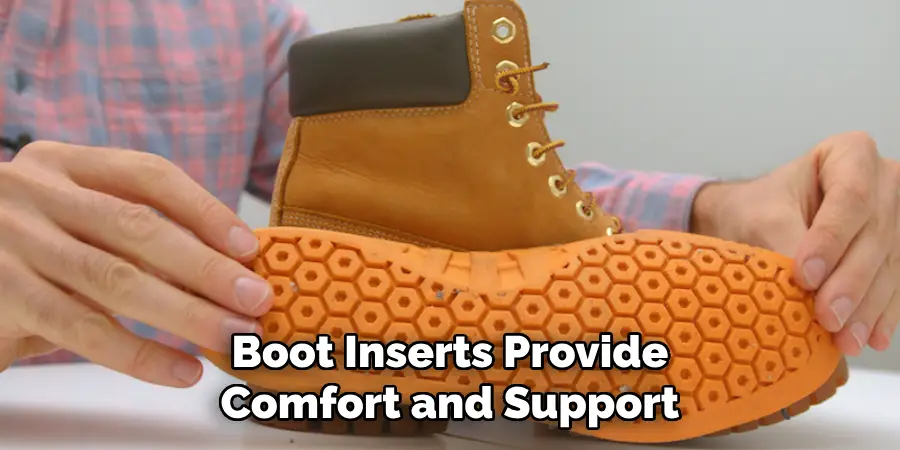
Boot inserts provide comfort and support while you wear work boots. They help distribute your weight evenly, reducing strain on your feet and ankles. The cushioning provided such as Vaseline to the inside of your boots to prevent them from rubbing against your skin.
Is it Better to Buy Boots That Fit Snugly Around My Calf?
Yes, it is better to choose a boot that fits snugly around your calf rather than one that is too loose. Loose-fitting boots can cause blisters and chafing, whereas snug boots will help keep your feet comfortable. Make sure to try on different sizes and styles of boots to find the one that fits best. Also, look for boots with adjustable laces so you can loosen or tighten them as needed.
Conclusion
Ultimately, it is up to you to decide which method of stopping work boots from rubbing your calves works best for you. Whichever method you decide on, make sure that it allows a cushioning between your calves and the work boots when possible. With proper care and consideration for ways to prevent the rubbing of work boots against your calves, you can enjoy a comfortable and enjoyable day as soon as you take those first steps out the door.
Now you know how to stop work boots rubbing calf! Consider adding padding or arch supports to the insoles of your work boots if necessary. Invest in well-fitted additional socks such as compression or boot socks which provide cushioning and support your feet and legs throughout the day. With these tips in mind, there is no question that one should avoid the dreaded rubbed calve syndrome!

